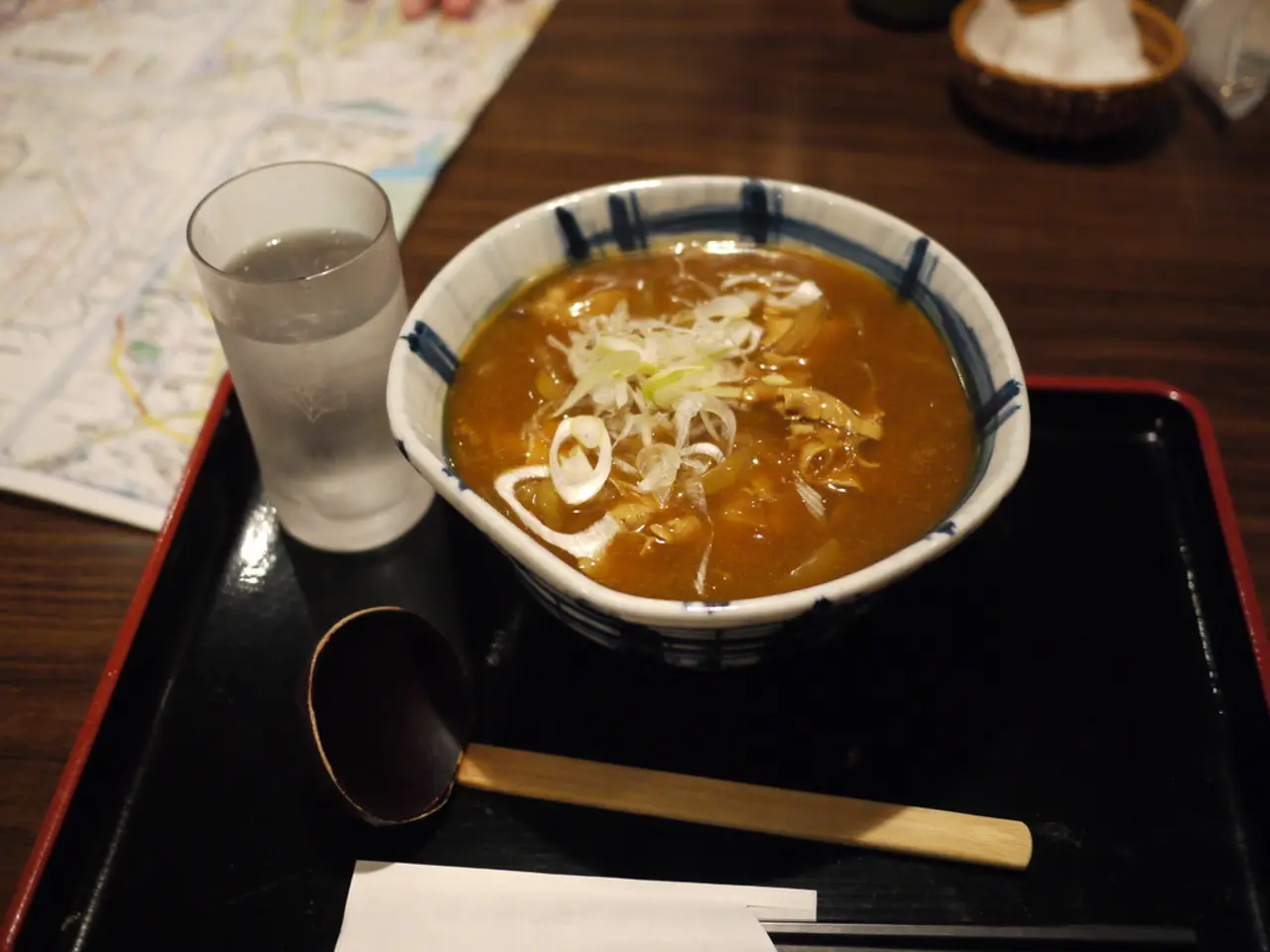Discourse: Illustrating Procedures - Exploring the Differences between Value Stream Mapping and Process Mapping on a Podcast
### Value Stream Mapping (VSM) and Process Mapping: A Comprehensive Guide for Problem-Solving and Building Sustainable Solutions
In the realm of process improvement, two tools have emerged as essential for identifying and eliminating inefficiencies: Value Stream Mapping (VSM) and Process Mapping. Both techniques offer unique advantages and are used in different contexts to achieve system-wide improvements and sustainable solutions.
#### Overview
**Value Stream Mapping (VSM):** VSM is a visual and analytical tool that helps map the flow of materials and information across a process from start to finish. Its primary focus is on identifying waste, delays, and opportunities for improvement across the entire supply chain, with a strong emphasis on enhancing customer-centricity[1][2].
**Process Mapping:** Process mapping is a broader technique that visualizes the steps involved in a specific process. It can be applied to various industries to document, standardize, and improve workflows, often at a more granular level than VSM[3][5].
#### Key Differences
| **Aspect** | **Value Stream Mapping (VSM)** | **Process Mapping** | |-----------|-------------------------------|---------------------| | **Focus** | Entire value chain, customer-centric, highlights waste and delays | Specific process steps, often manufacturing-focused | | **Scope** | End-to-end process across departments and organizations | Can be applied to any process, more localized | | **Tools/Methods** | Visual maps with lean tools (e.g., Kaizen) | Flowcharts, swimlane diagrams, BPMN, SIPOC, hierarchical process maps | | **Use Cases** | System-wide improvements, lean manufacturing, supply chain optimization | Efficiency, standardization, employee training, process documentation |
#### When to Use Each Tool
The choice between VSM and process mapping depends on the specific goals and scope of the project.
- **Use VSM when:** - You need to analyze end-to-end processes across multiple departments or organizations. - You want to identify and eliminate waste and delays from a customer-centric perspective. - You are implementing lean manufacturing principles to improve efficiency and quality.
- **Use Process Mapping when:** - You need to document and standardize specific workflows. - You want to improve efficiency or productivity in a particular process. - You are looking to create a shared understanding of how work flows through your organization.
Both tools are effective in different contexts and can complement each other in broader process improvement initiatives.
#### Unmasking Hidden Issues and Eliminating Assumptions
Through value stream mapping, one can interrogate the process to identify the biggest problems. The mapping process can help eliminate assumptions and uncover hidden issues, as discussed by co-hosts John Dyer and Professor Mohamed Saleh in an episode of Behind the Curtain: Adventures in Continuous Improvement[6].
Value stream mapping provides a customer-centric perspective throughout the entire end-to-end process, including the supply chain[7]. This customer-focused approach allows for the identification of problems throughout the entire supply chain[8].
Before the advent of mapping techniques, issues were often attributed to people or lack of training. However, with mapping, the root causes become clear, enabling more targeted and effective problem-solving[9].
In conclusion, Value Stream Mapping (VSM) and Process Mapping are powerful tools for problem-solving and building sustainable solutions. By understanding their differences and applications, organisations can make informed decisions about which technique to employ for their specific needs, ultimately leading to improved efficiency, quality, and customer satisfaction.
In the context of business and problem-solving, technology plays a crucial role in enhancing Value Stream Mapping (VSM) and Process Mapping. For instance, digital tools can help create clear and comprehensive visual maps, facilitating the identification of waste, delays, and opportunities for improvement in finance and other industries.
Furthermore, technology aids in the standardization and improvement of workflows within businesses through process mapping. By documenting specific process steps, businesses can leverage technology to increase efficiency, productivity, and employee training, ultimately leading to sustained financial growth.




